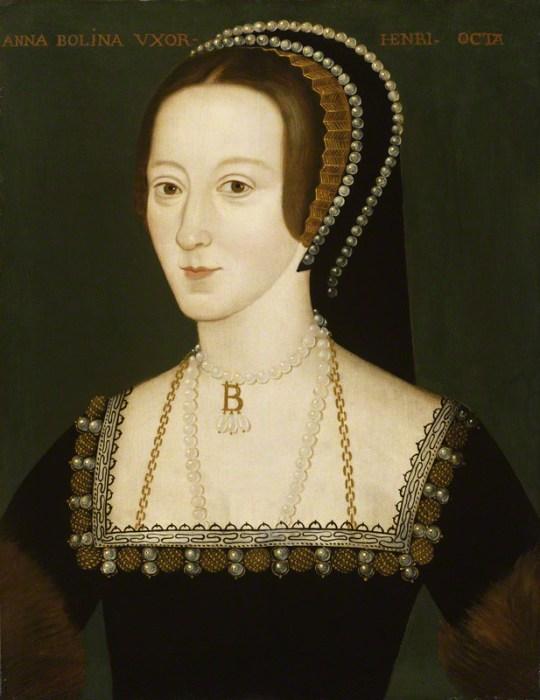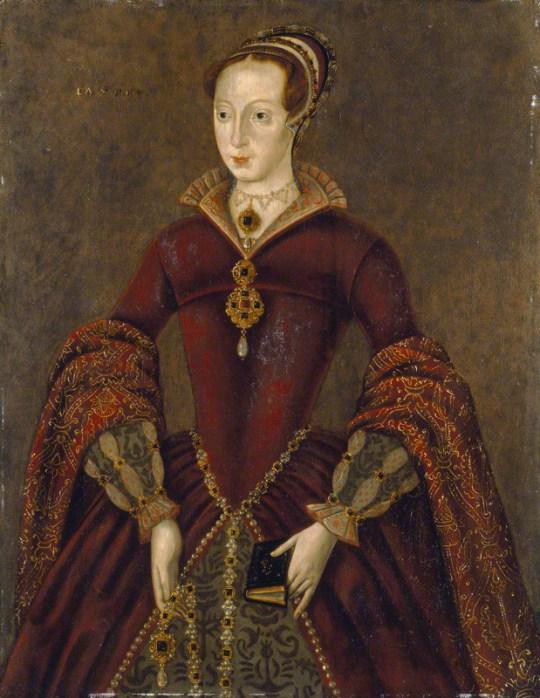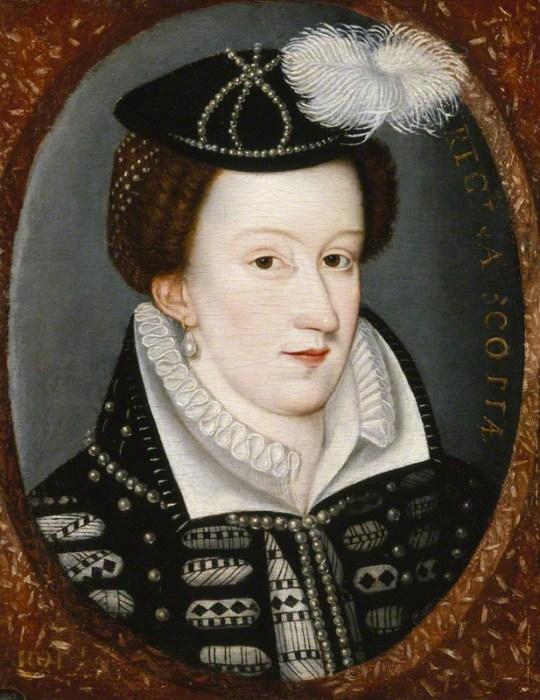
Anne Boleyn, unknown artist, late sixteenth century. Photo: National Portrait Gallery, London.
Despite posting here a couple of times about suffering Tudor Fatigue, I’ve actually been having a bit of a renaissance (ho ho, did you see what I did there?!) when it comes to almost everyone’s favorite sixteenth century dynasty (I said ALMOST EVERYONE, Medici, Valois, Hapsburg, Howard, Stuart etc lovers!) and have started reading about them again but only very selectively. I’m going to blame Hilary Mantel for this as Wolf Hall and Bring up the Bodies did a most excellent job of reminding me why I loved sixteenth century history so much and also that there are still the odd wonderful pearls of JOYOUS excellence in amongst all the dross that publishers are hitting us with at the moment.
For instance, I recently very much enjoyed The Sisters Who Would Be Queen: The tragedy of Mary, Katherine and Lady Jane Grey by Leanda de Lisle, which is a really engaging and interesting re-telling of the hoary old tale of the Grey sisters, their ambitious (or were they?!) parents and the terrible minefield of mid sixteenth century political wheeling and dealing in the wake of Edward VI’s untimely death. I’ve always suspected that Lady Jane Grey wasn’t the mawkishly innocent little sacrificial lamb of fond Victorian imagining and this book really confirmed this for me with its depiction of Lady Jane as a not altogether very pleasant, religious bigot with a sharp tongue and rather entitled manner. I wasn’t altogether taken with her sister Lady Catherine either, who seemed strangely lacking in self awareness for one who had grown up within the danger zone of the Tudor line of succession, but it was nice to read more about Lady Mary, the youngest Grey sister.

Lady Jane Dudley (née Grey), anonymous artist, late sixteenth century. Photo: National Portrait Gallery, London. I hate this bungling, amateurish, awful portrait but it seems to be considered the most authentic representation right now, alas.
I wonder if De Lisle’s book will have a knock on result on novels about Lady Jane from now on, but doubt it although I went on to read Susan Higginbotham’s excellent Her Highness, the Traitor, which featured a sympathetic, warm and affectionate Frances Grey (not the violent, shrewish termagant that we are all used to seeing) and a coldly unlikeable Jane so that was fun to read.
I’ve also had my interest in Mary, Queen of Scots reignited in the last few months and have even been thinking about writing a novel about her youth, although that’s quite far down my currently enormous list of Books To Write so may not surface for a while! I’m about to embark on Roderick Graham’s An Accidental Tragedy: The Life of Mary, Queen of Scots, followed by Rosalind K. Marshall’s Mary Queen of Scots: Truth or Lies. I’ve never been altogether sympathetic towards poor Mary, believing her, like the unfortunate Lady Catherine Grey, to be peculiarly lacking in self awareness and very much the authoress of her own ill fortune. However, I think I must be mellowing as I get older or something as I’ve found myself returning to her story with fresh eyes.

Mary, Queen of Scots, unknown artist, late sixteenth century. Photo: National Portrait Gallery, London.
I was thrilled therefore to see that there’s going to be a new exhibition based around Mary at the National Museum of Scotland between June and November next year, which is lucky as we’re already planning a trip to Edinburgh next year. I must be the worst half Scot in existence as (despite being born and spending my first eleven years in Scotland) I’ve only ever visited my own capital city once and then only for a couple of hours on a day trip. I want to see Holyroodhouse, Edinburgh Castle, the National Gallery of Scotland and um the Royal Yacht Britannia though so it’s got to be done!
Oh dear, I’ve only just noticed that all the women I selected pictures of for this post had their heads chopped off. Ah well. It’s like shooting fish in a barrel.
